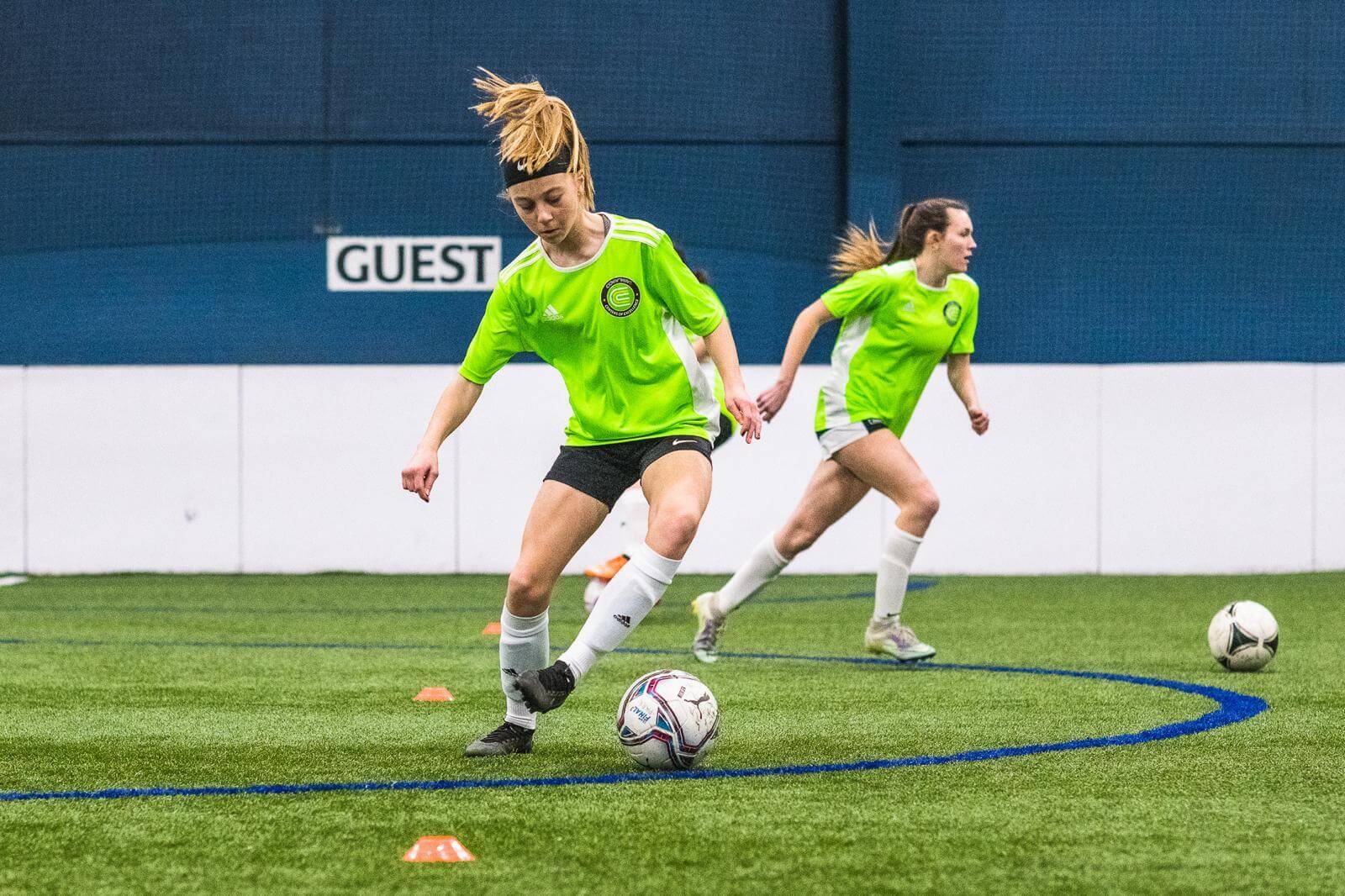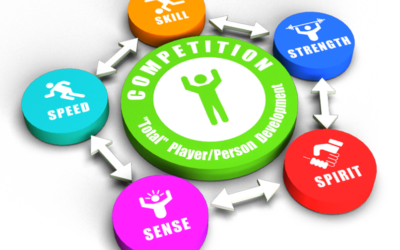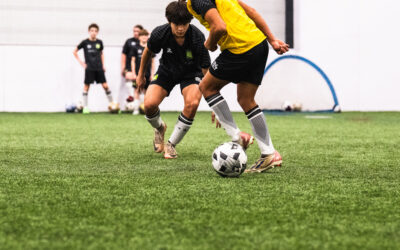Deception. Trickery. Who doesn’t enjoy a con artist heist movie?
The “con” in con artist was derived from the word confidence. Because it takes a great deal of it to pull off a swindle of sorts.
There are several themes here, but we will focus on ways your players’ can find their inner “confident” artist.
First off, real confidence takes time to build. Yet, it can be fleeting.
Your players’ go through their journey climbing peaks and coasting down valleys before another climb begins. Confidence ebbs and flows. This is a natural learning process. They will rise (and fall) through wins, losses, adversity and challenges. This is where your mentorship and guidance plays a huge role in their trajectory.
5 C’s of Skill
Mnemonics can help us recall information. You can armor your players’ with these simple ideas to control what they can control.
Calm
Let your player know they can play intense but calm. Practice is the classroom. Encourage your players’ best intentions and not always the outcome, especially if your player is being exposed to a new idea. As a parent or coach, it is always good to stay calm as a mentor as well.
Control
Teaching technique will always reinforce the fundamentals, no matter the level. 1v1 moves, ball striking, 1st touch, various movements without the ball are all important and the details do matter. All players need to do the basics well. There is no silver bullet. Focus on what is tried and true. If your player has command of the ball (and their body) they will be able to control any situation that arises.
Communicate
Establishing a calm demeanor allows your player to have a conversation with their teammates and read the game well. Non-verbal body language, also known as kinetic motion, is similar to how musicians can hear music and play their instrument in a way that compliments the band. When your player can find a rhythm with their teammates, they will be more effective and be able to adapt on the fly.
Composure
Bringing it all together will allow your player to make the best decisions under any type of pressure or game speed. It’s also important for coaches to improve individual and team defending at training to mimic the game pressure. This will only allow attacking players to get more realistic repetitions in practice, which will further encourage composure under serious pressure.
Confidence
This is the end goal for players. Create the environment for your players’ to thrive so they can consistently perform at a high level. Set appropriate expectations and demand more as they improve. Your players’ will develop within a training structure that highlights one common goal.
One big idea for coaches and parents:
Increase your players’ individual confidence by placing value on individual performance, ball mastery and 1v1 moves, so your team can improve their game!
Pictured: Coerver Kid, Camilla, Center of Excellence 2023-2024




